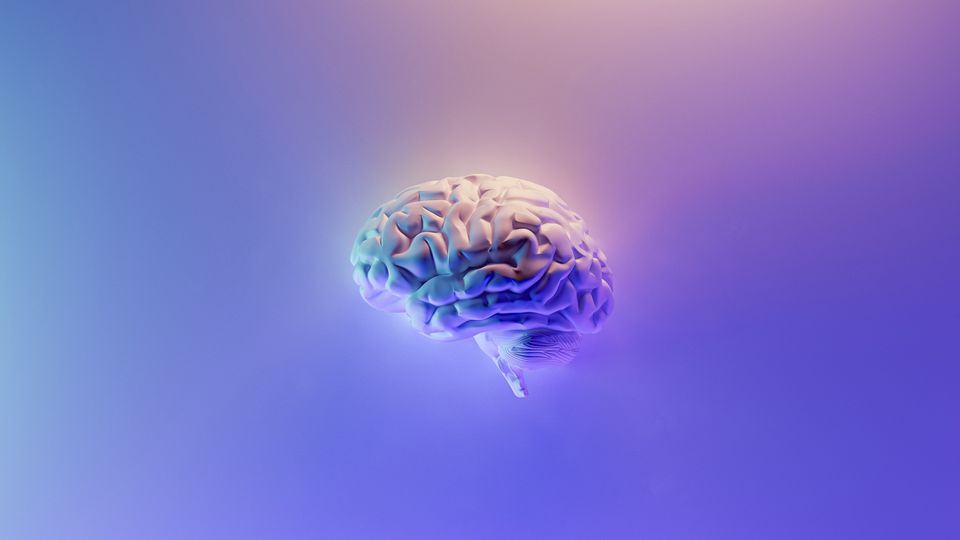Treating Genetic Epilepsy by Replacing "Lost" Enzyme
Researchers identify new way to treat genetic epilepsy by replacing ‘lost’ enzyme.

Complete the form below to unlock access to ALL audio articles.
CDD causes seizures and impaired development in children, and medications are limited to managing symptoms rather than tackling the root cause of the disease. The disorder involves losing the function of a gene producing the CDKL5 enzyme, which phosphorylates proteins, meaning it adds an extra phosphate molecule to alter their function.
Following recent research from the same lab showing that a calcium channel could be a target for therapy for CDD, the team has now identified a new way to potentially treat CDD by boosting another enzyme’s activity to compensate for the loss of CDKL5.
In research published today in Molecular Psychiatry, the scientists studied mice that don’t make the CDKL5 enzyme. These mice show similar symptoms to people with CDD like impaired learning or social interaction.
Want more breaking news?
Subscribe to Technology Networks’ daily newsletter, delivering breaking science news straight to your inbox every day.
Subscribe for FREEThe researchers first identified that CDKL5 is active in nerve cells in mice but not in another type of brain cell called an astrocyte. In the nerve cells, they measured the level of phosphorylation of EB2, a molecule known to be targeted by CDKL5, to understand what happens when CDKL5 isn’t produced.
Interestingly, even in mice that don’t produce CDKL5, there was still some EB2 phosphorylation taking place, which suggested that another similar enzyme must also be able to phosphorylate it.
By looking at enzymes similar to CDKL5, the researchers identified that one called CDKL2 also targets EB2 and is present in human neurons. In mice without both CDKL5 and CDKL2, the remaining EB2 phosphorylation almost fully dropped off.
The researchers concluded that, although most activity comes from CDKL5, about 15% is from CDKL2, and the remaining <5% from another enzyme yet to be identified.
Their research suggests that increasing the level of CDKL2 in people who are deficient in CDKL5 could potentially treat some of the effects on the brain in early development.
Sila Ultanir, Group Leader of the Kinases and Brain Development Laboratory at the Crick, said, “CDD is a devastating condition that impacts young children from birth, and we don’t know a huge amount about why losing this one enzyme is so disastrous for the developing brain. Through this research, we’ve identified a potential way to compensate for the loss of CDKL5. If we can increase levels of CDKL2, we might one day be able to stop symptoms from developing or getting worse.”
The researchers are now investigating if mice without CDKL5 can be treated by stimulating their brain cells to produce more CDKL2. The lab is also working with biotechnology companies to identify molecules that increase CDKL2 for potential new medicines for CDD.
Margaux Silvestre, former PhD student at the Crick and now postdoctoral researcher at the Max Planck Institute in Frankfurt, said: “Our discoveries offer fresh insights into the expression and regulation of CDKL5 in the brain. Moreover, the identification of CDKL2 as a potential compensatory enzyme provides hope for uncovering better treatments that could truly make a difference in the lives of the children with this devastating condition. This research owes its success to all the authors involved in the publication but also the unwavering support we received from the technical teams at the Crick – a big shoutout to them!”
Reference: Silvestre M, Dempster K, Mihaylov SR, Claxton S, Ultanir SK. Cell type-specific expression, regulation and compensation of CDKL5 activity in mouse brain. Molecular Psychiatry. 2024. doi: 10.1038/s41380-024-02434-7
This article has been republished from the following materials. Note: material may have been edited for length and content. For further information, please contact the cited source.

